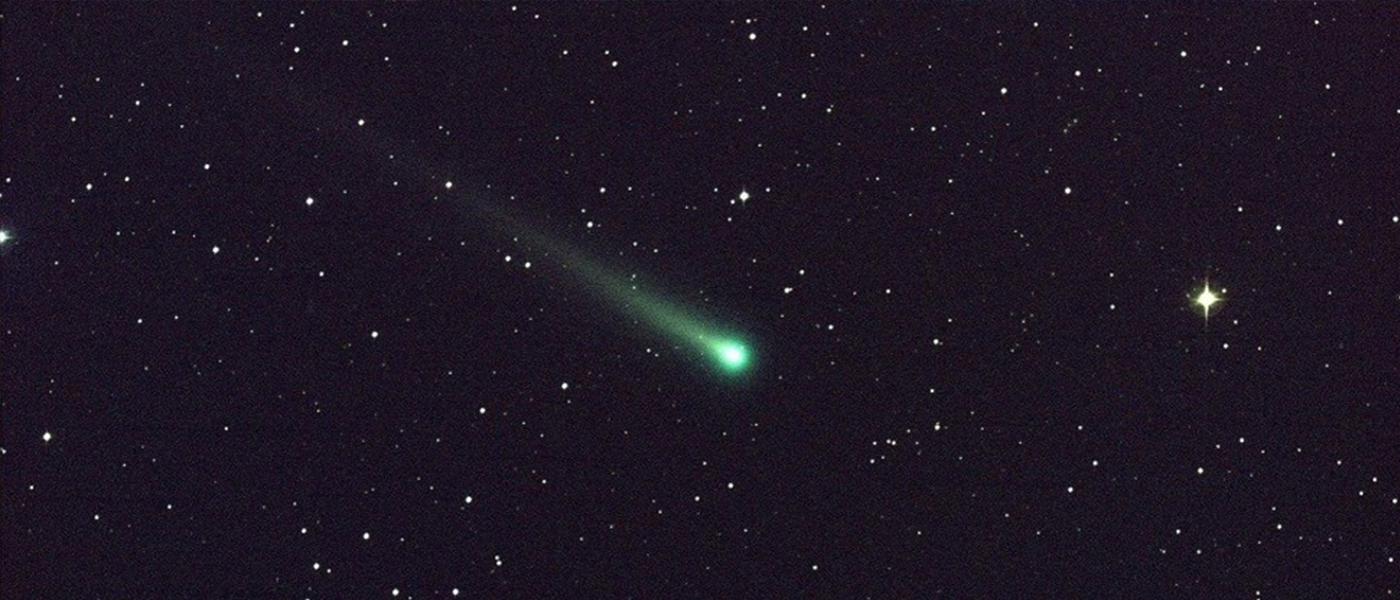For the longest time, mankind has been navigating the unknown in search of the answers to a slew of never-ending questions. Unfortunately, one fact remains: many questions are still left unsolved-- including ones about our place in the universe.
But now, under the command of scientists at Lawrence Berkeley National Laboratory (LBL), an army of 5,000 tiny robots will boldly go "where no map has gone before."
The Dark Energy Spectroscopic Instrument (DESI) has received the US Department of Energy's (DoE) approval to move from the design phase to construction of 5,000 10 cm-long, finger-width robots which will take on the job of aiming fiber-optic cables at galaxies, stars, and quasars to produce an enormous 3D map of the sky.
These cylindrical robots, which will begin making observations in 2019, will keep on firing fiber-optic cables for five years. According to a press release, this technology will give scientists new insight into galaxy evolution, dark matter, and the nature of dark energy that is driving the accelerating expansion of the universe.
Share This Article
